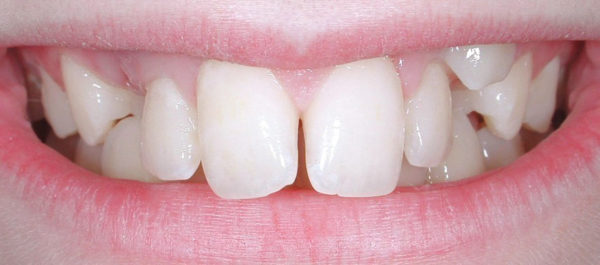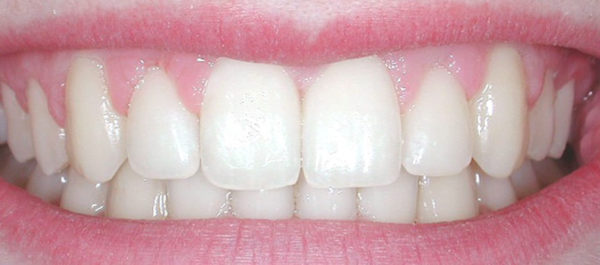The upper teeth protrusion
Malocclusion with protrusion of the upper teeth is also called “Class II malocclusion”. The upper jaw develops in excess relative to the lower jaw (mandible).
The upper incisors are protruding and are easily subject to trauma.
This type of malocclusion is very common, and bad habits such as finger sucking, atypical swallowing (with the tongue between the incisors rather than on the palate) are the most frequent aggravating factors.
Finger sucking beyond the age of 3 years is the most common aggravating factor. In this type of malocclusion, the palate can be constricted and the child is forced to breathe through the mouth instead of through the nose; this type of breathing is called “oral breathing”, and predisposes to the onset of recurrent ear infections, caries and gingivitis of the anterior teeth.
Oral breathing can become complicated with the onset of sleep apnea: the little patient complains of fatigue and sleepiness or restlessness during the day and often recurrent headaches.
The treatment aims at restoring a correct size of the palate, at a stimulation of mandibular growth, at a correct alignment of the teeth, and normalization of the type of breathing.


